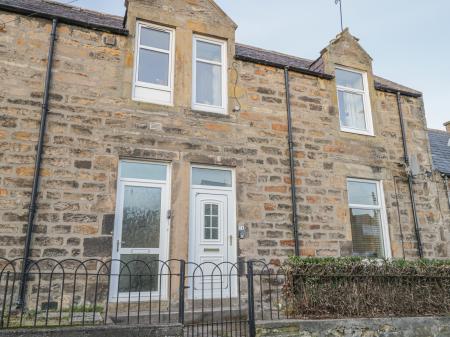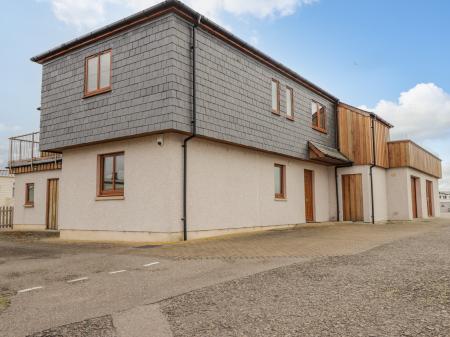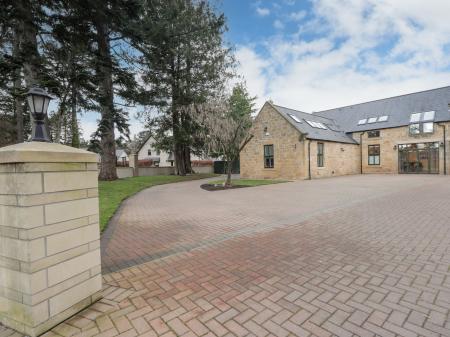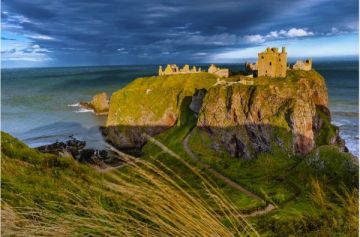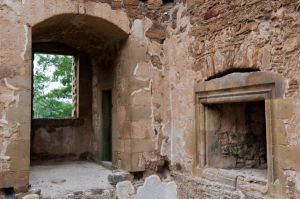
The loch is now well inland, but in the medieval period it was connected to the sea, and the port at Spynie was a bustling place, with merchant vessels and fishing boats coming and going. Nothing of that medieval bustle remains, and today Spynie is a quiet hamlet, and you are more likely to hear only the sound of the wind and birdsong on the air.
History
The cathedral did not stay long at Spynie, for in 1224 Bishop Andrew of Moray, with papal consent, moved it to Elgin, closer to a busy market, and protected by proximity to the royal castle there. However, the bishop's official residence stayed at Spynie. By the end of the 13th century, the bishop's palace had become a substantial building, able to offer accommodation to travelling nobility and royal visitors.
The Wolf of Badenoch
In 1370 Bishop Alexander was forced to pay protection money to the notorious Alexander Stewart, Earl of Buchan and brother of Robert III. Stewart, known to history as the Wolf of Badenoch, was a vindictive and cruel man and must have been a difficult 'protector' to deal with. Certainly, Bishop Alexander thought so, for in 1390 he asked Thomas Dunbar, son of the Earl of Moray, to help him deal with Stewart.
The Wolf was not slow to react; he led his band of merciless soldiers in an attack on Elgin. They burned the cathedral, the town, and the residences of the cathedral canons. Spynie appears to have been spared, perhaps because King Robert ordered his brother to leave the palace alone.
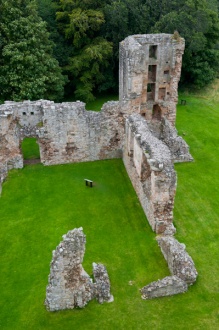
Rebuilding Spynie
While the bishops put money into rebuilding Elgin Cathedral, they did not forget Spynie, turning the residence into a fortified residence more castle-like than palatial. The core of the new palace was David's Tower, named for Bishop David Stewart.
At the heart of the new tower was a great hall, perfect for entertaining on a lavish scale. James IV was almost certainly entertained in the great hall when he passed through Spynie on a pilgrimage to St Duthac's shrine at Tain.
Though now open to the sky, the great tower is still impressive, and you can mount the spiral stairs to the roof for wonderful views over the palace and the surrounding area.
Queens and Earls
But James IV was not Spynie's last royal visitor. In 1562 Mary, Queen of Scots visited Spynie prior to her victory over the rebellious Earl of Huntly at Corrichie. The bishop at that time was Patrick Hepburn. In 1576 Hepburn's nephew, the 4th Earl of Bothwell married the unfortunate queen.
After Mary was captured by her enemies at Carberry, Bothwell fled to his uncle's palace at Spynie. There he foiled a plot on his life and killed one of the bishop's sons. Eventually, Bothwell fled north to Orkney and then on to relative safety in Norway. He eventually died in a Danish prison.
Additional domestic quarters were added in the subsequent 200 years, including corner towers and an east gatehouse. The Protestant Reformation changed the role of the palace, and the last bishop left in 1689, after which the buildings were left to decay. Finally, in 1689 Parliament abolished the office of bishop, and Spynie was left to deteriorate.
Visiting
The highlight of the palace is the mighty tower house built by Bishop David - the largest in Scotland by volume. When it was finished it stood 6 storeys high, and even today it rises to a height of 22 metres.
The south front of the tower is carved with the royal coat of arms of Scotland, beneath which are carved the arms of three bishops; Bishop David, who initiated the building, Bishop William Tulloch, who completed it, and Bishop Patrick, who added the gun holes.
In addition, there is a great hall range (look for the carved corbel head), a rather grand east gate, water tower, and remains of other chambers along the south and west ranges. It is a fascinating mix of buildings and really does give a reminder of just how grand the palace must once have been.
A short walk south from the Bishop's Palace brings you to the old kirk in Spynie village. There in the churchyard is the grave of James Ramsay MacDonald, prominent politician and the first Labour Prime Minister of Britain.
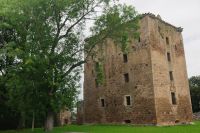
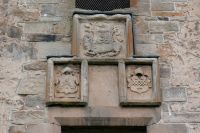
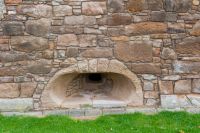
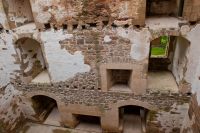
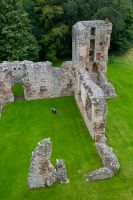
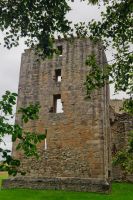
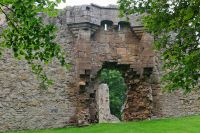
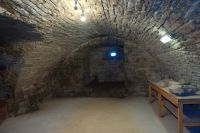
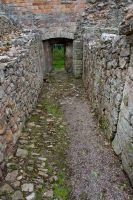
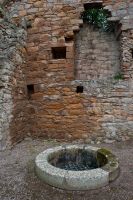
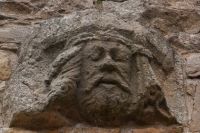
 We've 'tagged' this attraction information to help you find related historic attractions and learn more about major time periods mentioned.
We've 'tagged' this attraction information to help you find related historic attractions and learn more about major time periods mentioned.